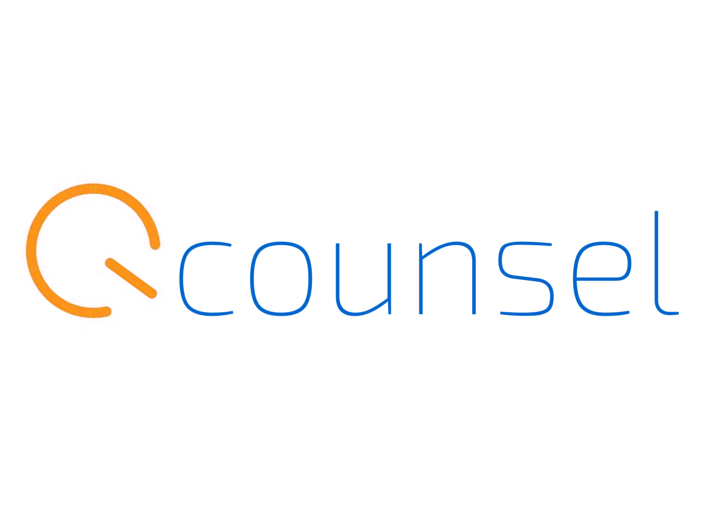The recent tweets of Netflix’s CEO have prompted the US Securities and Exchange Commission to formally acknowledge the use of social media such as Twitter as an authorized channel for market disclosure but on the pre-condition that any company official social media platforms be identified to investors.
Twitter joins the family of new media instant communication channels such as Facebook, LinkedIn and blogs that companies have to grapple with in terms of maximizing corporate communications engagement but minimizing corporate risk.
What does the SEC’s direction mean for listed companies in the Asia Pacific? Whilst the US regulator appears to be setting the trend, listing rules in various Asia Pacific jurisdictions are likely to stay conservative for the time being.
In Australia, the ASX has indicated that disclosure via social media cannot bypass or precede formal disclosure to the exchange and its market announcements platform. The ASX has only in March 2013 concluded a public consultation period and revised its continuous disclosure rules (see: Guidance Note #8 on Continuous Disclosure Rules 3.1 & 3.1B) in relation to obligations on listed companies to monitor social media discussion in relation to market sensitive information.
Similarly in Singapore (SGX Listing Rule 702) and Hong Kong (Securities and Financial Ordinance Section 307(C)), their respective market listing rules mandate disclosure via the established exchange platform on the basis of equal public access.
Tech companies by their nature are more risk averse and agile users of social media. For traditional bricks-and-mortar listed corporations, social media engagement is still a work in progress and risk balancing process. Some companies have dedicated in-house communications dept resources or engage the help of external monitoring agencies, while others simply wing it with standard corporate policies but without much in the way of compliance controls or resources.
One thing is certain, once companies formally include popular social media icons on the home page of their corporate websites or investor relations pages, an automatic risk management responsibility is attached to that.
Companies will have to re-look at their corporate governance oversight of their social media accounts including those of their directors and officers, acceptable use policies for staff/contractors and media monitoring activities. Due to the pace of innovation in social media, acceptable use policies are going to require more frequent re-review and updating that than the other tech related corporate compliance policies.
Like email, texting without context can be a double edged sword – messages can often be unintentionally direct or ambiguous. There is however, no doubt about the emergence of Twitter and other new media tools as viable global messaging platforms. So the readiness of the market to accept or embrace this 140 character messaging system and how company social media policies will adapt to it, will be an interesting trend to watch.


